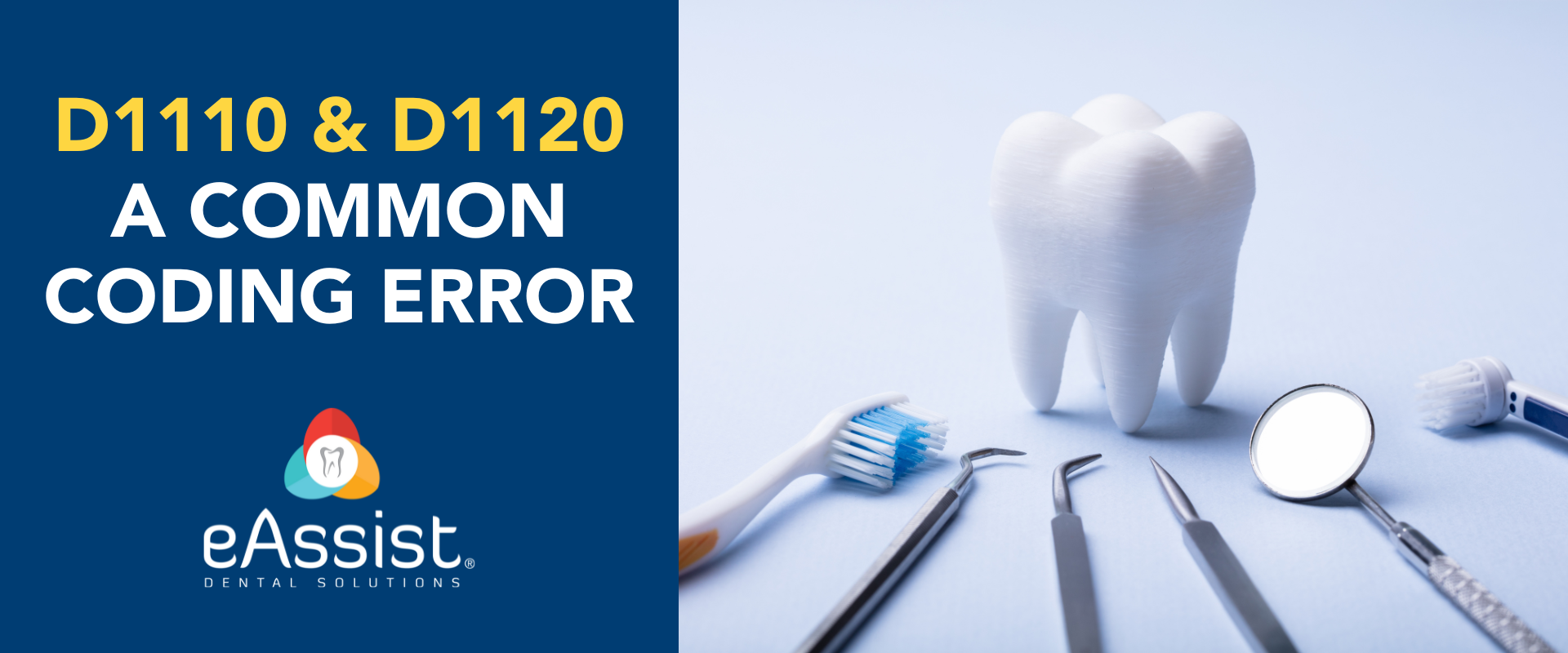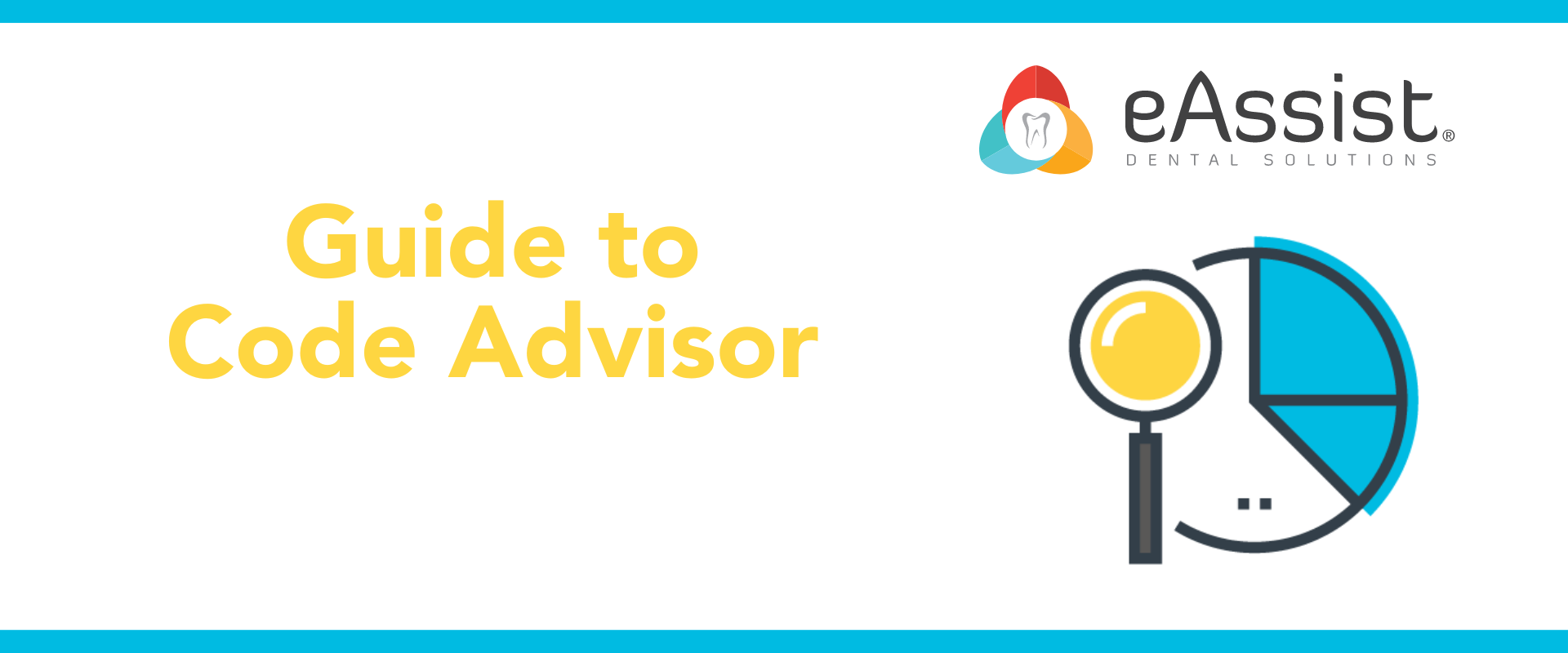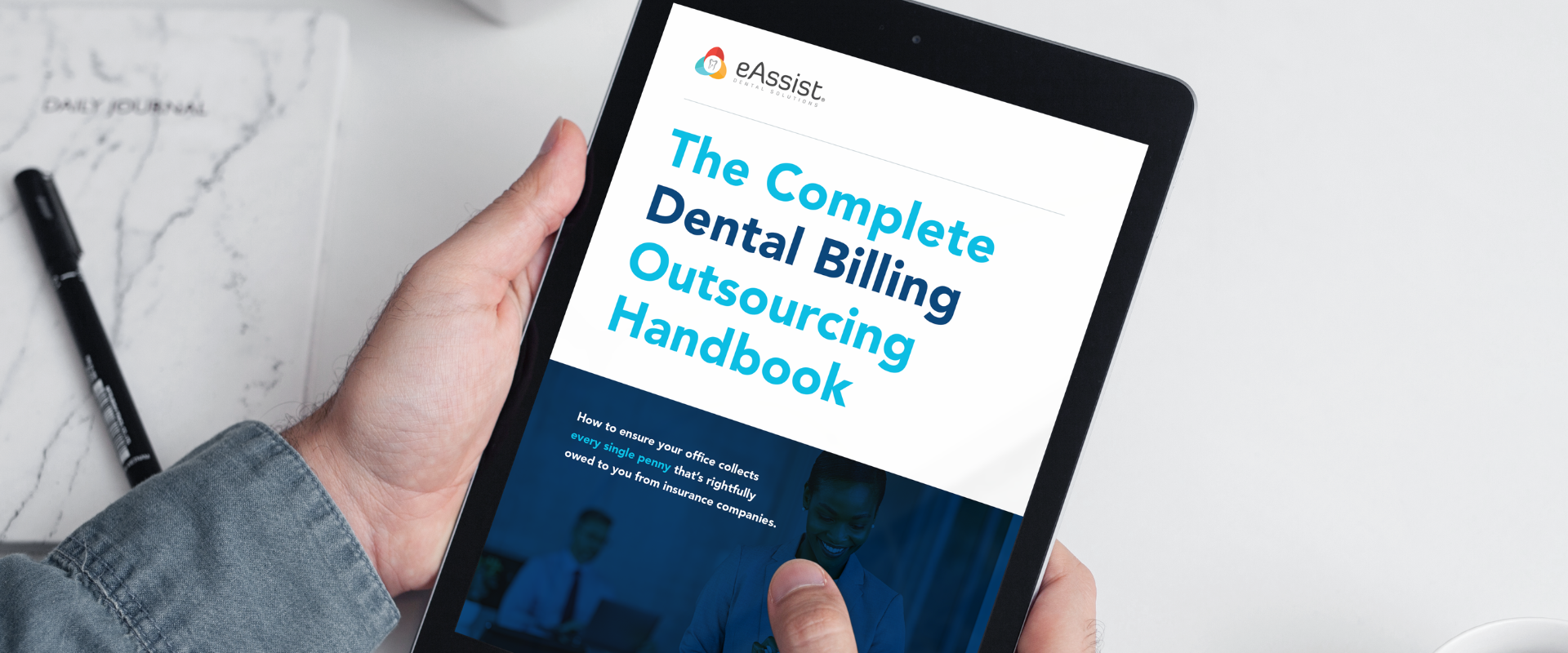In dental billing, things are ever-evolving, especially regarding coding. Did you know that in the last 3 years, there have been 160 CDT code changes? That’s a lot to keep up with for any dental biller. It’s no wonder then, that a common reason for dental denials is incorrect coding. In this ongoing series, we will discuss common coding errors beginning with D1110 (adult prophylaxis) and D1120 (child prophylaxis).
What is adult prophylaxis?
According to the ADA, adult prophylaxis (D1110) is “the removal of plaque, calculus, and stains from the tooth structures in the permanent and transitional dentition.” It’s a full mouth cleaning for adults, or those with permanent teeth.
What is child prophylaxis?
The ADA states child prophylaxis (D1120) is “the removal of plaque, calculus, and stains from the tooth structures in the primary and transitional dentition.” In other words, the full mouth cleaning is completed on children, or those with primary teeth.
Is there an age requirement for either treatment?
The ADA differentiates between adult and child prophylaxis through detention, not age, so, according to them, adult prophylaxis would be for those with permanent teeth whereas child prophylaxis would be for those who still have primary teeth. Although the ADA does not adhere to age requirements for prophylaxis, most insurance companies do.

What are the insurance age requirements for prophylaxis?
Most insurance companies apply adult prophy to those aged 14 and over and child prophy to those aged 13 and under, but there is no set standard. It varies from company to company, so it’s best to confirm the age requirement for each when verifying insurance. As this can take some time to confirm, consider outsourcing your insurance verification to free up your workload.
What should I remember when billing prophylaxis?
When billing prophy, know that insurance company age requirements supersede ADA guidelines. This is where a lot of coding errors can occur because, if you are basing your CDT coding upon the ADA definition of each treatment, your claim may be denied. For example, if you have a 12-year-old patient who has all his permanent teeth, you may be inclined to bill D1110, but, if the insurance company states that it only covers ages 13 and up, it will be denied. It may seem counterintuitive but always choose insurance guidelines over CDT guidelines.
In addition, always make sure the patient’s correct date of birth is on file, especially when they are near the age requirement, to charge out the correct CDT code.
Prophylaxis may appear to be a straightforward treatment, but billing it can be more complex than it seems. That’s why it’s always important to double-check the patient’s age and verify their insurance plan requirements before billing the claim. If you want to avoid any confusion, consider outsourcing. At eAssist, the Success Consultants who use our platform are knowledgeable about insurance guidelines and will ensure your claims are billed correctly. To learn more, complete the form below.








0 Comments